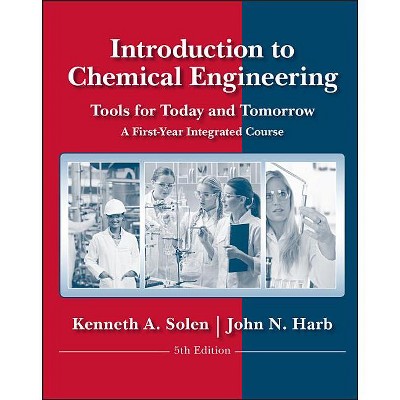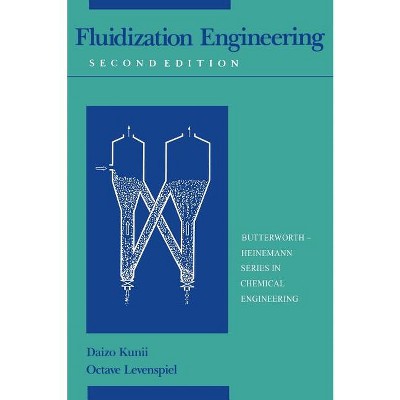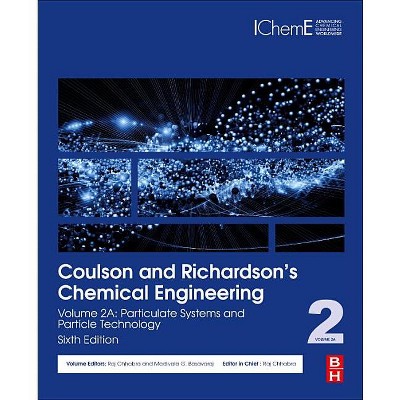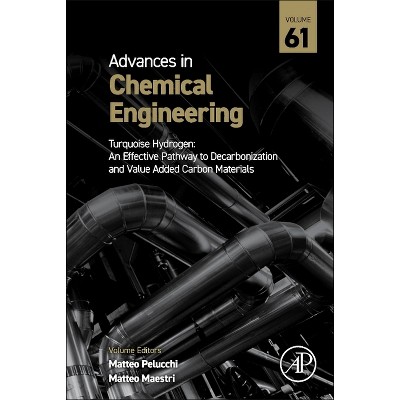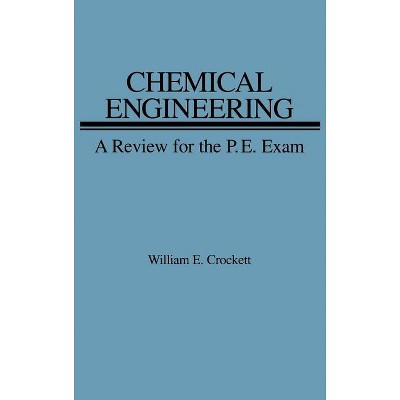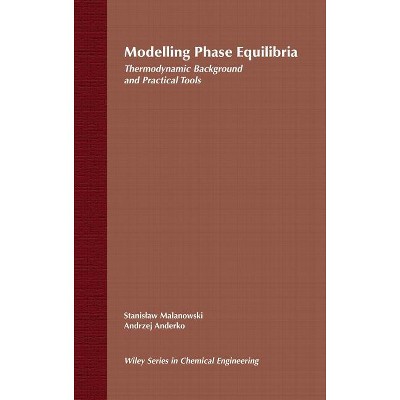About this item
Highlights
- Introduction to Chemical Engineering An accessible introduction to chemical engineering for specialists in adjacent fields Chemical engineering plays a vital role in numerous industries, including chemical manufacturing, oil and gas refining and processing, food processing, biofuels, pharmaceutical manufacturing, plastics production and use, and new energy recovery and generation technologies.
- About the Author: C.M. van 't Land ran the seminar and consulting company Van 't Land Processing between 1999 and 2020.
- 576 Pages
- Technology, Chemical & Biochemical
Description
About the Book
"Chemical engineering is a skill and profession with applications in many industries, including chemical manufacturing, oil and gas refining and processing, food processing, biofuels, pharmaceutical manufacturing, plastics production and use, and new energy recovery and generation technologies. Most of the processes in the industries are typically designed by chemical engineers. However, the people who operate these facilities, sell the products produced by these plants, those who have overall business management responsibilities, and those who interface with chemical engineers in product discovery/development area, can be other types of engineers (mechanical, civil, electrical, software and computer, safety), or scientists such as chemists, biologists, physicists etc. Some of these engineers and scientists might work as operating technicians depending on their level of education. In addition, there are businesses and marketing majors who work in chemical plants. All of these individuals potentially have gaps in their chemical engineering knowledge that could benefit from applied knowledge relating to the chemical engineering discipline."--Book Synopsis
Introduction to Chemical EngineeringAn accessible introduction to chemical engineering for specialists in adjacent fields
Chemical engineering plays a vital role in numerous industries, including chemical manufacturing, oil and gas refining and processing, food processing, biofuels, pharmaceutical manufacturing, plastics production and use, and new energy recovery and generation technologies. Many people working in these fields, however, are nonspecialists: management, other kinds of engineers (mechanical, civil, electrical, software, computer, safety, etc.), and scientists of all varieties. Introduction to Chemical Engineering is an ideal resource for those looking to fill the gaps in their education so that they can fully engage with matters relating to chemical engineering.
Based on an introductory course designed to assist chemists becoming familiar with aspects of chemical plants, this book examines the fundamentals of chemical processing. The book specifically focuses on transport phenomena, mixing and stirring, chemical reactors, and separation processes. Readers will also find:
- A hands-on approach to the material with many practical examples
- Calculus is the only type of advanced mathematics used
- A wide range of unit operations including distillation, liquid extraction, absorption of gases, membrane separation, crystallization, liquid/solid separation, drying, and gas/solid separation
Introduction to Chemical Engineering is a great help for chemists, biologists, physicists, and non-chemical engineers looking to round out their education for the workplace.
From the Back Cover
An accessible introduction to chemical engineering for specialists in adjacent fields
Chemical engineering plays a vital role in numerous industries, including chemical manufacturing, oil and gas refining and processing, food processing, biofuels, pharmaceutical manufacturing, plastics production and use, and new energy recovery and generation technologies. Many people working in these fields, however, are nonspecialists: management, other kinds of engineers (mechanical, civil, electrical, software, computer, safety, etc.), and scientists of all varieties. Introduction to Chemical Engineering is an ideal resource for those looking to fill the gaps in their education so that they can fully engage with matters relating to chemical engineering.
Based on an introductory course designed to assist chemists becoming familiar with aspects of chemical plants, this book examines the fundamentals of chemical processing. The book specifically focuses on transport phenomena, mixing and stirring, chemical reactors, and separation processes. Readers will also find:
- A hands-on approach to the material with many practical examples
- Calculus is the only type of advanced mathematics used
- A wide range of unit operations including distillation, liquid extraction, absorption of gases, membrane separation, crystallization, liquid/solid separation, drying, and gas/solid separation
Introduction to Chemical Engineering is a great help for chemists, biologists, physicists, and non-chemical engineers looking to round out their education for the workplace.
About the Author
C.M. van 't Land ran the seminar and consulting company Van 't Land Processing between 1999 and 2020. Prior to that, he worked at Akzo Nobel Chemicals from 1968-2000 as process engineer, and later, process development manager and project leader. He is the author of Industrial Drying Equipment: Selection and Application, Industrial Crystallization of Melts, Drying in the Process Industry, and Safety in Design.
Shipping details
Return details
Trending Non-Fiction







